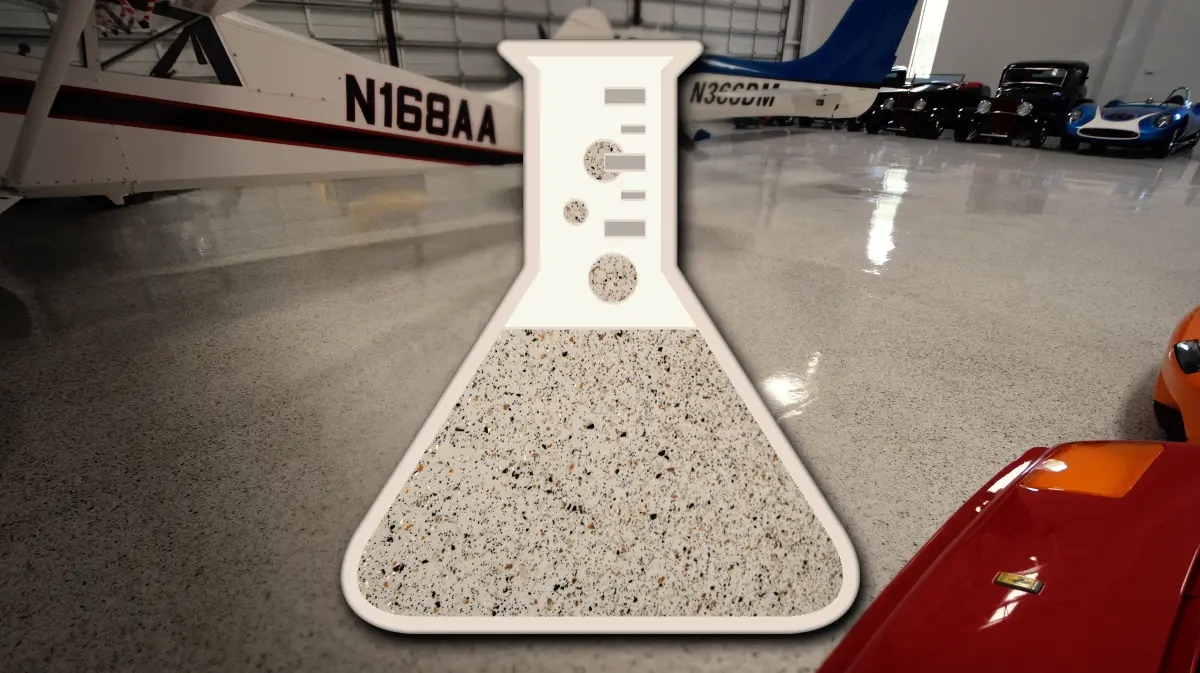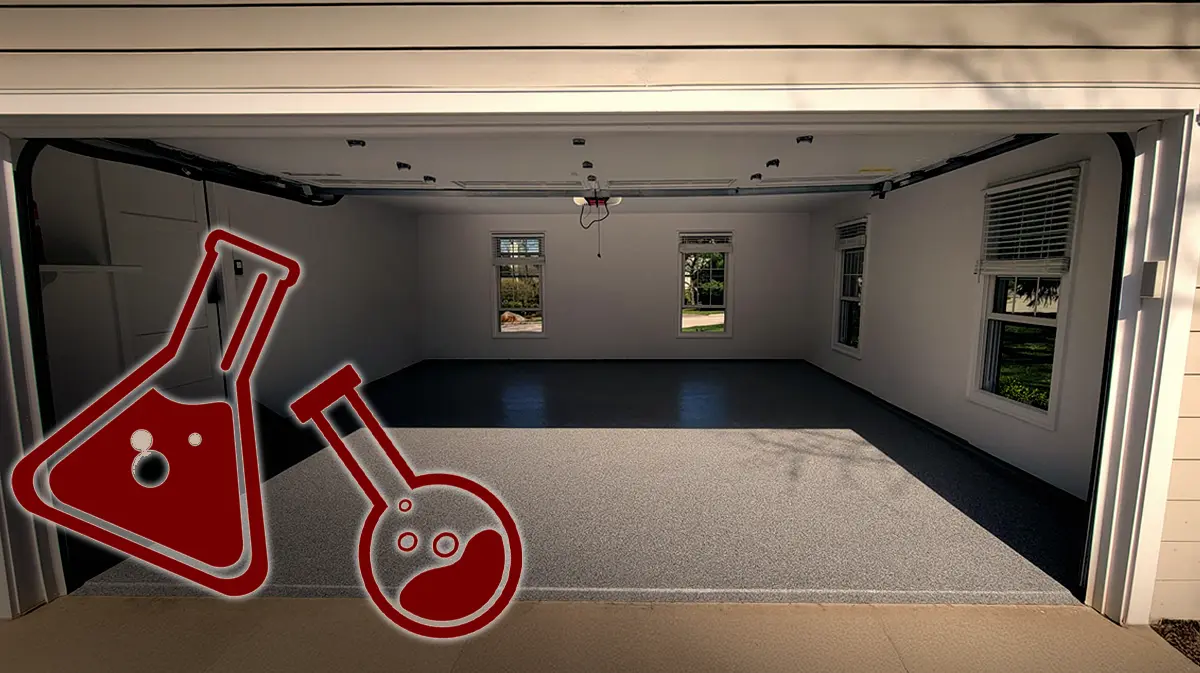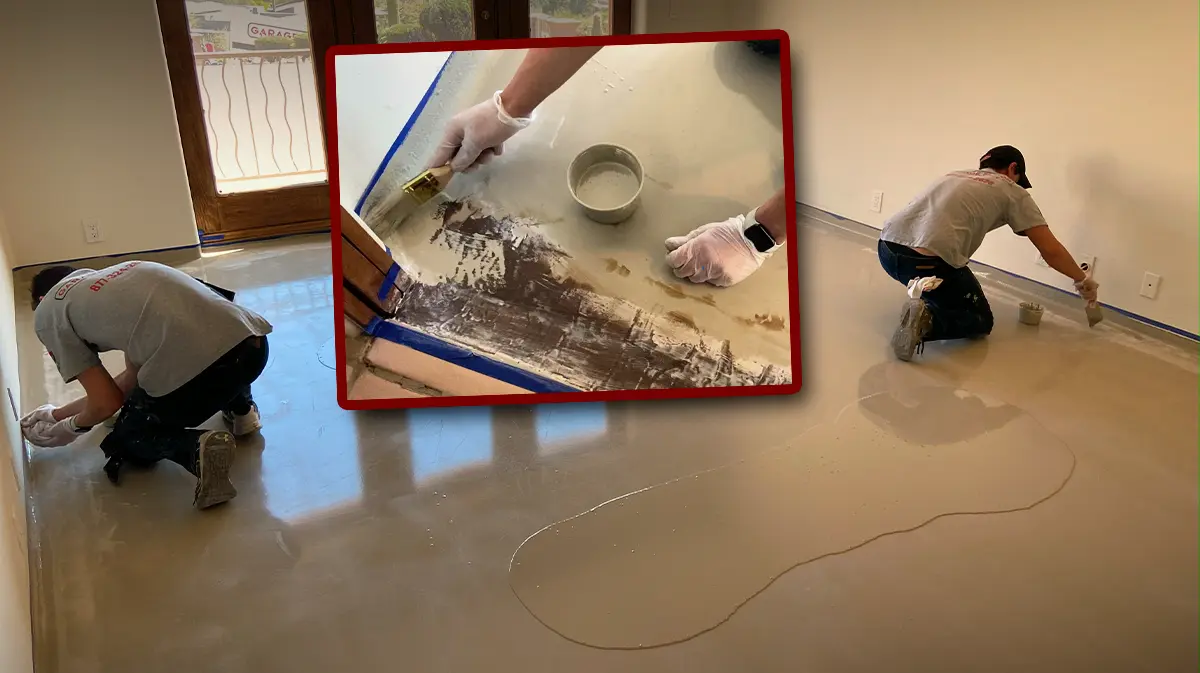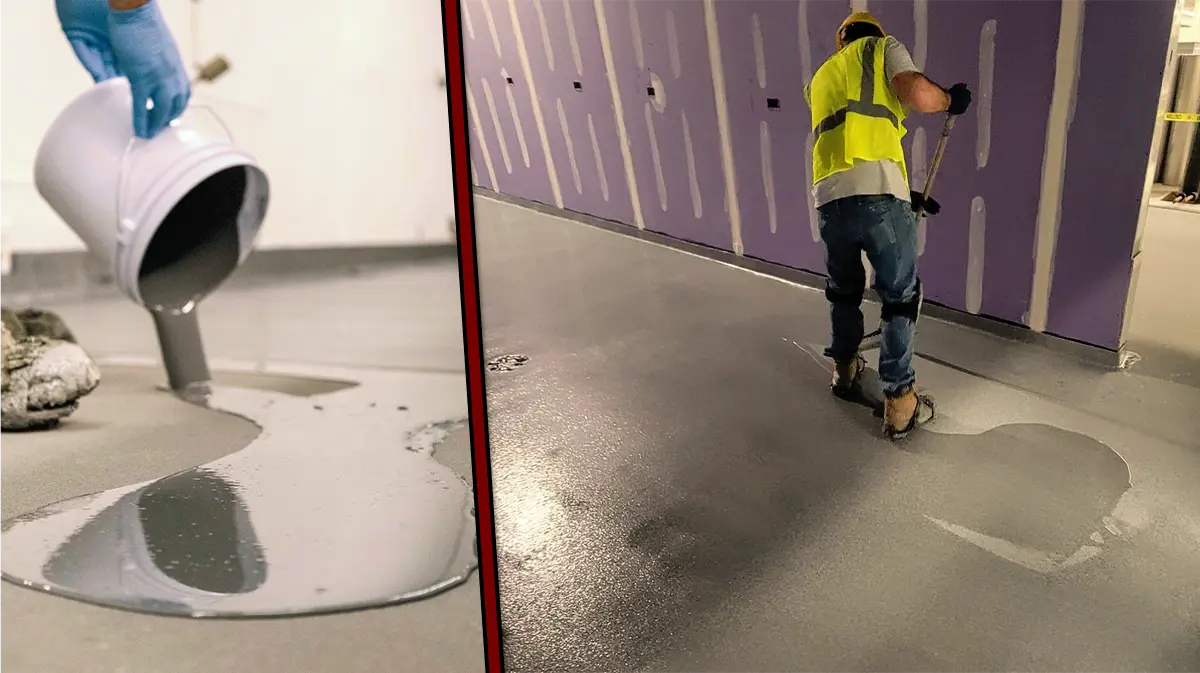When it comes to garage floors in Houston, durability is everything. Between the hot, humid summers and the occasional heavy rain, you need a floor that can handle it all. That’s where epoxy flooring comes in. But the secret to a long-lasting, high-quality epoxy floor coatings isn’t just in the application—it’s in the mix.
Think of epoxy coatings like baking a cake. You’ve got to get the ingredients just right, or you’ll end up with something less than perfect. The two main “ingredients” in epoxy coatings are Part A (the resin) and Part B (the activator). When you mix them together, a chemical reaction occurs, transforming the liquid into a hard, durable surface.
It sounds simple, but like any good recipe, precision is key. Getting the right mix will ensure your epoxy floor meets Houston’s challenging climate.
Epoxy Floor Coatings: The Building Blocks of Epoxy Mixing
At its core, epoxy is all about the balance between Part A and Part B. Depending on the product, the ratio can vary—1:1, 2:1, or even 4:1. Some products might require an additional ingredient, like a solvent, to achieve the perfect consistency.
If you’ve ever tried to whip up a new recipe and had to tweak it based on humidity or altitude, you’ll understand why getting the ratio right is so important, especially in Houston’s sticky climate. For instance, a standard 2:1 mix could shift to 2:1:½ with a solvent, depending on the conditions.
Epoxy Floor Coatings: Mixing Mistakes
Even the best recipes can go wrong if you’re not careful. Here are a few common mistakes that can happen when mixing epoxy:
- Guesswork Instead of Measuring: Just like you wouldn’t eyeball flour and sugar in a cake recipe, you can’t guess with epoxy ratios. A misstep here will compromise the strength and finish of your floor. Use a precise tool like an Electronic Coatings Calculator to nail the right proportions for the best results.
- Using the Wrong Tools: Mixing epoxy isn’t a job for a spoon or a basic drill. You need a high-speed drill with a specific mixing blade to ensure everything blends smoothly and evenly.
- Mixing Different Brands: Imagine combining two cake mixes from different brands—probably not going to turn out well. The same goes for epoxy. Mixing parts from different product lines can mess with the chemical reaction, so staying organized and double-checking the labels before starting is important.
Best Practices for a Perfect Mix
We have the mixing process down to a science, and here’s how to get the perfect epoxy floors in Houston:
- Mix in the Right Order: Start by thoroughly mixing Part A, especially if it’s pigmented. Once it’s smooth, add Part B and any necessary solvent. Keep the speed steady to avoid creating air bubbles, which can weaken the coating.
- Keep Contaminants Out: Don’t let an old batch of epoxy sneak into your new mix. Contamination from an old mix can ruin the new one and affect its durability. In Houston, where moisture and dust can be issues, keeping the mixing area clean is a must.
- Stay Organized: A cluttered workspace leads to mistakes. Set up a clean area for mixing, with only the tools and products you need.
- Pre-Mix Part A (If Pigmented): Pigmented epoxy needs extra care to ensure even color distribution. Mix Part A thoroughly before adding Part B. You can skip this step if you’re working with a clear epoxy.
- Combine and Mix: Once you add Part A to Part B, start mixing immediately. Keep the speed slow and steady to avoid air bubbles. If you need to add a solvent, do it after mixing Parts A and B.
- Batch Consistency: If you’re using multiple containers of Part A, pre-mix them together before adding Part B. This ensures uniformity in color and texture throughout the entire floor.
Why Houston Residents Should Trust the Pros
Epoxy floor coatings are ideal for Houston businesses and homes, but the local climate—high heat and humidity—makes professional expertise essential. Without proper knowledge, epoxy can cure too quickly or unevenly, leading to bubbling, peeling, or discoloration. As professionals, we know how to adjust mixing ratios and application techniques to ensure a flawless finish despite Houston’s challenging weather.
Specialized equipment is essential to getting the right blend. High-speed drills, precise measuring tools, and the correct mixing techniques all contribute to the strength and uniformity of your floor. Attempting to mix and apply epoxy yourself often results in uneven texture, clumping, or air bubbles that weaken the final product.
When mixed and applied correctly, epoxy floors resist cracks, chips, and stains, providing a surface that can handle heavy vehicles and Houston’s unpredictable weather. By leaving the job to professionals, you can customize your floor’s appearance and functionality, ensuring it fits both your aesthetic and practical needs.
Give us a Call
Ultimately, working with the experts on our team guarantees a long-lasting, beautiful result without the stress or risk of DIY projects. Trust the pros and enjoy an epoxy garage floor built to withstand Houston’s elements for years to come.





